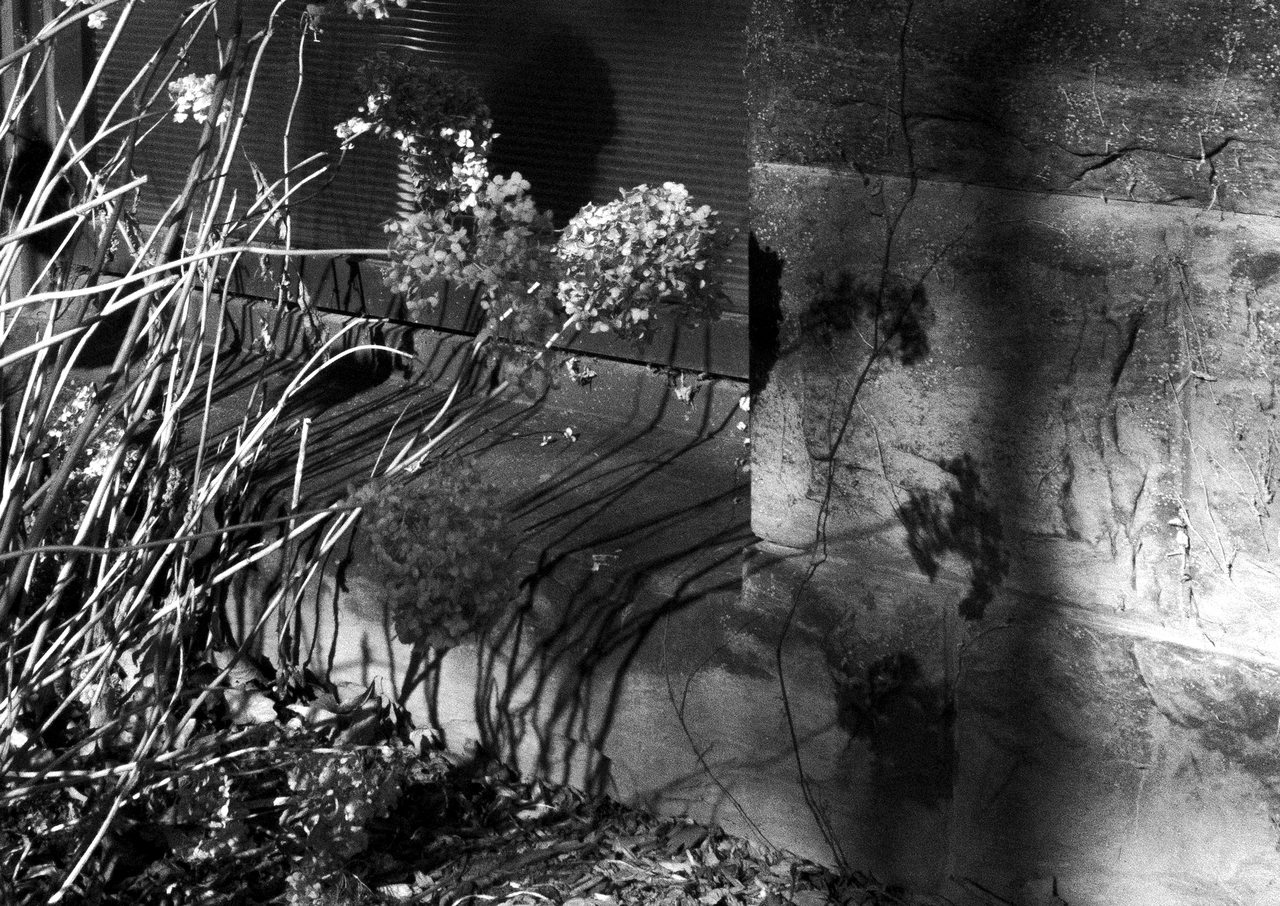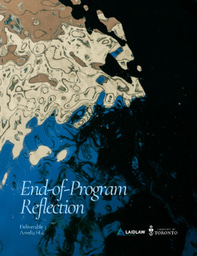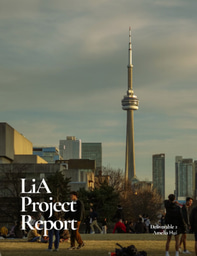
In my first week of my LiA, I was selected to participate in a 3-day photography workshop as a Trinity College Fellow in Photography within UofT. Leading up to these three days, I prepared my exhibition statement for the Hart House Art Committee team, continuously emailed store manager Corey at The Printing House about my print order, and tried to find the best images in my portfolio to bring to the workshop.
The workshop was organised as part of an artist residency jointly facilitated by the Italian Ministry of Culture, the Istituto Italiano di Cultura di Toronto, and Trinity College at the University of Toronto. It was led by photographer Tomaso Clavarino and curator Matteo Balduzzi, and intended to provide an opportunity for student photographers to develop their work through a series of critiques, discussions, and a short project. I was excited to receive professional feedback on the pieces that were to be a part of my exhibit—and that I received! After some others had presented their portfolio, I explained my own project documenting Hong Kong, and was told to rethink the order of my pieces. We then continued through everyone’s projects, were shown to Tomaso’s exhibit Emotional Geographies at the Istituto Italiano, and finally introduced to our small photography assignment. They asked us to choose a few words inspired by Emotional Geographies, and to shoot around the area of Trinity College referencing the selected themes.
I think Matteo and Tomaso’s critiques helped reframe my perspective on composition and curation. Close-ups force the viewer to look at a particular area, whereas wide shots give the viewers context: taking this to heart, I chose to photograph close-ups of discarded objects around Toronto in black and white as an exploration into the abstract. (Matteo approached me after our workshops to encourage me to keep pursuing photography because I have a good eye!) Overall, this was a good precursor to my upcoming exhibit at Hart House. However, I think I could have explored the abstract a little more, and strayed away from traditional notions of documentary photography within my curation. Throughout the critiques, I also learned that others have varying—sometimes wildly different—views on what constitutes a good photo. My discussions with others in the group and our editing sessions helped me realize audiences could deem something I thought was beautiful as too mundane or boring; it was a reminder to be not only culturally sensitive, but “artistically” sensitive as well, given everyone had come from different levels of experience in photography. In terms of leadership, I noticed that those who were unfamiliar with editing or didn’t have as much experience in photography as more than a hobby often needed help, but were too shy to ask for it. I took a leadership role in helping my peers, which in turn also allowed me to learn from their perspective and opinions on my photos.
Finally, I hope to further develop my photography skills later this summer in Hong Kong. Matteo and Tomaso encouraged me to search for places that were more tied to my family history—the public housing my mom grew up in, for instance. I think there is more to be developed when it comes to using art as a medium to express culture and one’s heritage.





Please sign in
If you are a registered user on Laidlaw Scholars Network, please sign in